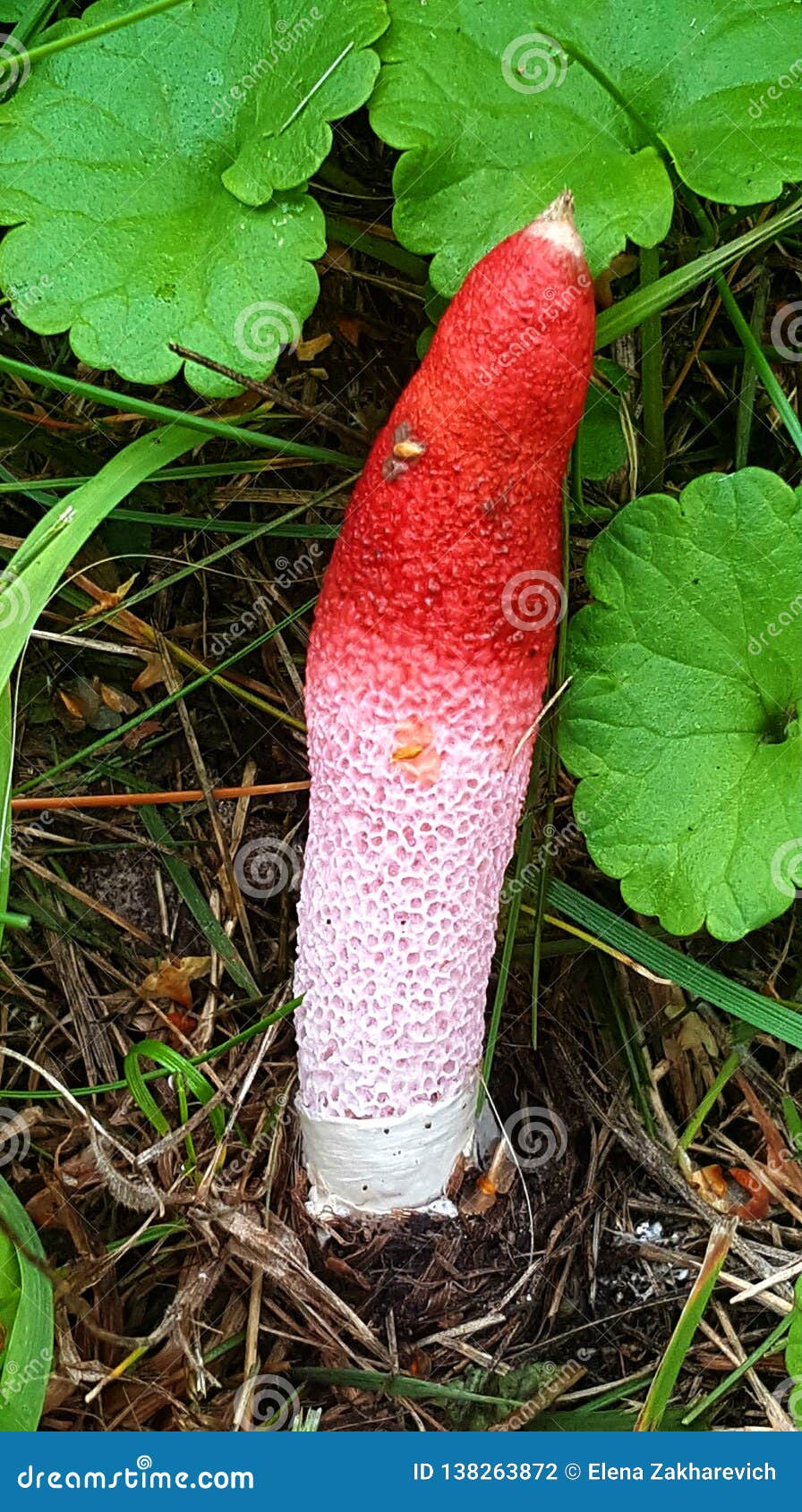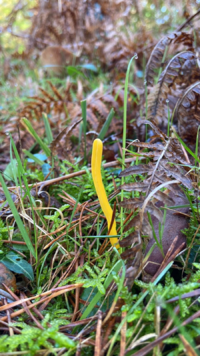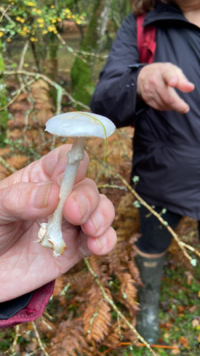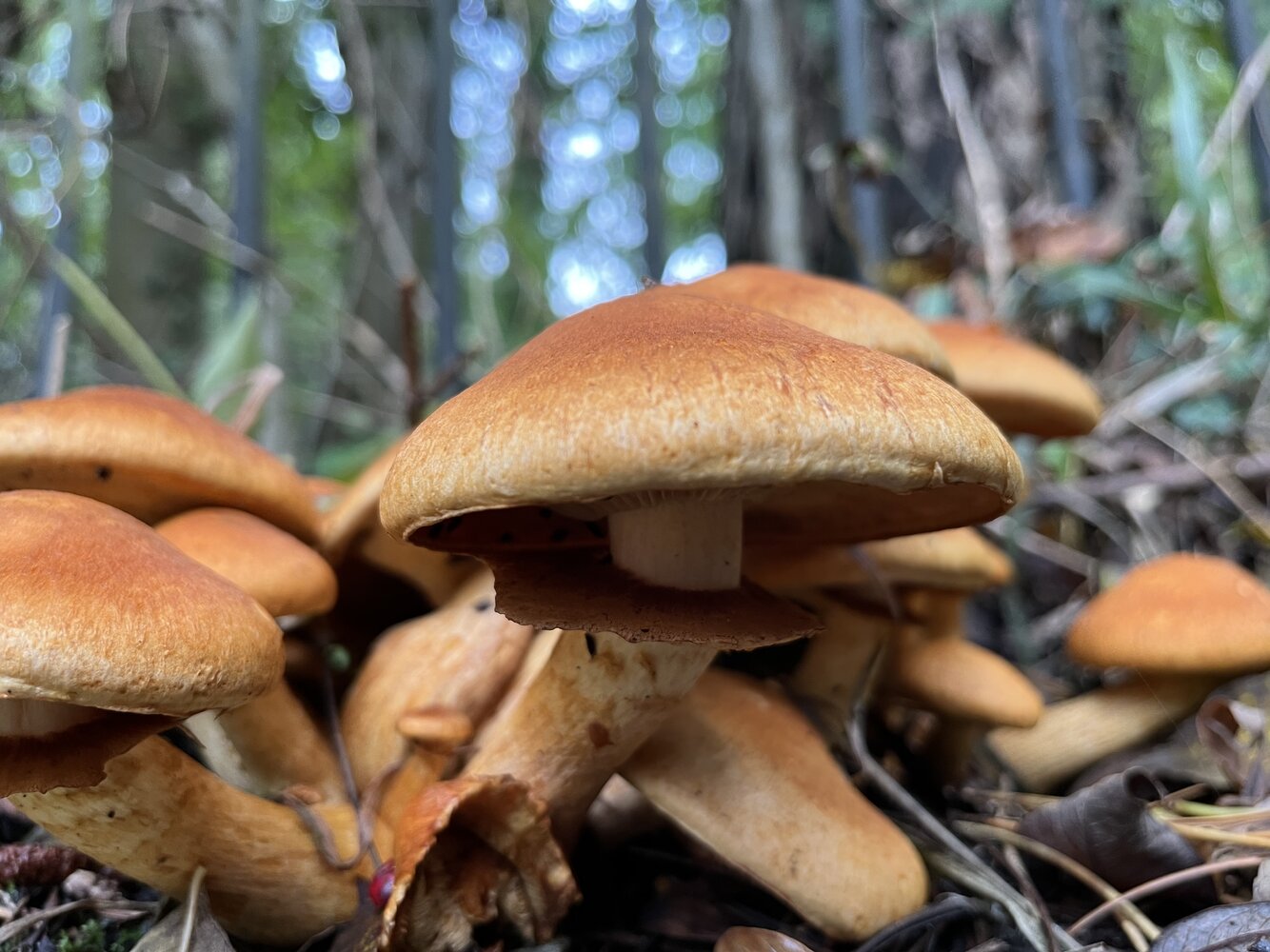-
You are viewing the forum as a Guest, please login (you can use your Facebook, Twitter, Google or Microsoft account to login) or register using this link: Log in or Sign Up
You are using an out of date browser. It may not display this or other websites correctly.
You should upgrade or use an alternative browser.
You should upgrade or use an alternative browser.
Fascinating Fungi
- Thread starter goldscapes
- Start date
PARAGUAY
Member
Wow! The Trompette de la mort aka trumpet of the dead - where did you find them? I mean I can guess it's probably Essonne area but what kind of woods, soil etc? They are rather rare in UK.Last meal
I may be wrong but real Destroying Angel is actually pretty rare, it looks like Amanita Citrina to me - they are quite often mistaken with Angels and Death Caps.seems to be a nice amanita virosa
@PARAGUAY
that tiny red beauty is most likely Leratiomyces Ceres/Redlead Roundhead. And I'm 99% sure (as with any fungi - spores etc. need to be checked to be 100% sure) that there are washed by rain Armillarias on the first img - most probably Armillaria Borealis - very tasty mushroom, especially when pickled.
Last edited:
alnitak
Member
Hi !
I agree with you on the amanita, maybe citrina, but I found it really white compared to some specimen of citrina (with its typical radish smell) i found in another place. We have also plenty of phalloides in this area.
Trompette de la mort is pretty common in our woods, in the south of Paris area. Soil is more or less sand (Fontainebleau sandstone blocks), with chestnuts trees and moss. And you find it mostly at the bottom of the rocks and trees, hidden under the fallen leaves, The taste of this mushroom is so great !Wow! The Trompette de la mort aka trumpet of the dead - where did you find them? I mean I can guess it's probably Essonne area but what kind of woods, soil etc? They are rather rare in UK.Last meal
I may be wrong but real Destroying Angel is actually pretty rare, it looks like Amanita Citrina to me - they are quite often mistaken with Angels and Death Caps.seems to be a nice amanita virosa
I agree with you on the amanita, maybe citrina, but I found it really white compared to some specimen of citrina (with its typical radish smell) i found in another place. We have also plenty of phalloides in this area.
It's definitely a turkey tail (trametes versicolor) - one of the fungi considered as medicinal ones - and approved for medicinal use in Japan for cancer treatment. It's also considered as edible (at least in CN and HKG as I remember) but with rather hard and woody texture (I've tried it - nothing special).Is this a turkey tail?
The lesser known fact is that it's being used with a success as a tree "defender" against Armillaria sp. (Honey fungus - quite popular in this thread as it's a very common and tasty edible mushroom) which is considered as one of the most destructive tree parasites among all fungi - causing generally white root rot but it's so significant that this kind of disease caused by Honey fungus is called Armillaria root rot. While most fungi parasites attack mostly dead, sick or dying trees, Honey fungus attacks also quite healthy trees, in shorter or longer span of time being a death sentence for them - and its mycelium is a pretty aggressive one spreading quickly and on large areas. Thing is that it's not attacking trees where mycelium of turkey tail grows (which is causing rather mild damage and in longer span of time) so foresters in some countries are literally infecting sick or dead trees with turkey tail by rubbing it into the wood mass causing its mycelium to grow from the spores - and this reduces the spread of Armillaria mycelium.
Looks like the turkey tail is a lesser of two evils in this case.
Last edited:
Destroying Angel, found by me on a "fungi identification" course in New Forest at the weekend. Course organiser took it away to prevent " fatal accidents".

Rather large Porcelain Fungi.

Panther cap. (Amanita pantherina). Don't eat.

All know what this is. Used to be eaten quite a lot (carefully), but not now as tends to lead to death.

Magpie Inkcap (in my local woods). Don't eat.

Common Puffballs.

Golden Spindle.

Violet Webcap.

Cauliflower fungus. Edible.

Chanterelle




Rather large Porcelain Fungi.

Panther cap. (Amanita pantherina). Don't eat.

All know what this is. Used to be eaten quite a lot (carefully), but not now as tends to lead to death.

Magpie Inkcap (in my local woods). Don't eat.

Common Puffballs.

Golden Spindle.

Violet Webcap.

Cauliflower fungus. Edible.

Chanterelle



Attachments
Can anyone recommend a good fungi id book? Mainly for a curious person to see what I walk past most days rather than wanting to eat them.
If you have 4G phone coverage, which a lot of fungi places don't eg New Forest, then this web site is good:
Edible Mushrooms...
It has photo's of cap, gills, stem, skirts (bit left on stem when cap opens), flesh (cut in half), spore prints, smell, taste (break the cap, taste the "milk" ensuring you are 100% sure it is not a naughty mushroom !!) and possible confusion species. All needed to identify correctly. The guy we were with had a mirror on a pole so he could look at skirt and gills (and how gills attach to the stem) with out having to bend down or pick the mushroom. He said spores under a microscope is really the best way for 100% id.
The book I have is the Bloomsbury Concise Mushroom Guide (£6 Amazon). Is OK, but only one drawing of each mushroom makes ID hard and there are many our guide found that are not in the book. Has index of both common and Latin names, handy when guide breaks out into Latin. Some Amazon reviews complain doesn't state if mushroom is edible or not, personally not bothered by that. I just leave the book in my waterproof jacket pocket, so handy if I see something.
What I (and wife) have found best is take phone photos, whilst out and about, make sure you have photo's of cap, stem and importantly the gills and then on sofa with cup of tea and biscuits using the above book and website you can identify your finds.

Last edited:
That is really interesting stuff. This Turkey Tail is growing in th middle of a garden lawn, nearest three about 20 meters away. Is this to be expected?
What we can see on your image is only a fruiting body and reproductive organ*, while taking that photo you were actually standing on the turkey tail - more accurately on its mycelium which is the body of the mushroom (and I can bet your turkey tail is at least 20 meters in diameter, connecting with the trees around).
Mushrooms mycelia can grow quite large, one of the biggest organisms in the known world is a mycelium of Armillaria ostoyae/Dark Honey fungus (in terms of edibility very tasty and quite often sought for) - covering approx. 1000 hectares of area of Blue Mountains in Oregon <<<one of the sources >>>.
*Reproductive organs of the fungis can be quite similar to phalluses of various animals (photos from internet):
Mutinus caninus/dog stinkhorn (stinking when old but edible at unmatured/egg stage):

Phallus impudicus/common stinkhorn (edible at egg stage too):


Last edited:
G
Guest
Guest
Hey Tim, this is very likely Deconica Montana known as Mountain Moss Psilocybe - quite confusing as it's not of Psilocybe genus at all and it doesn't contain neither psilocin nor psilocybin.Looks suspiciously like Psilocybe semilanceata.
G













